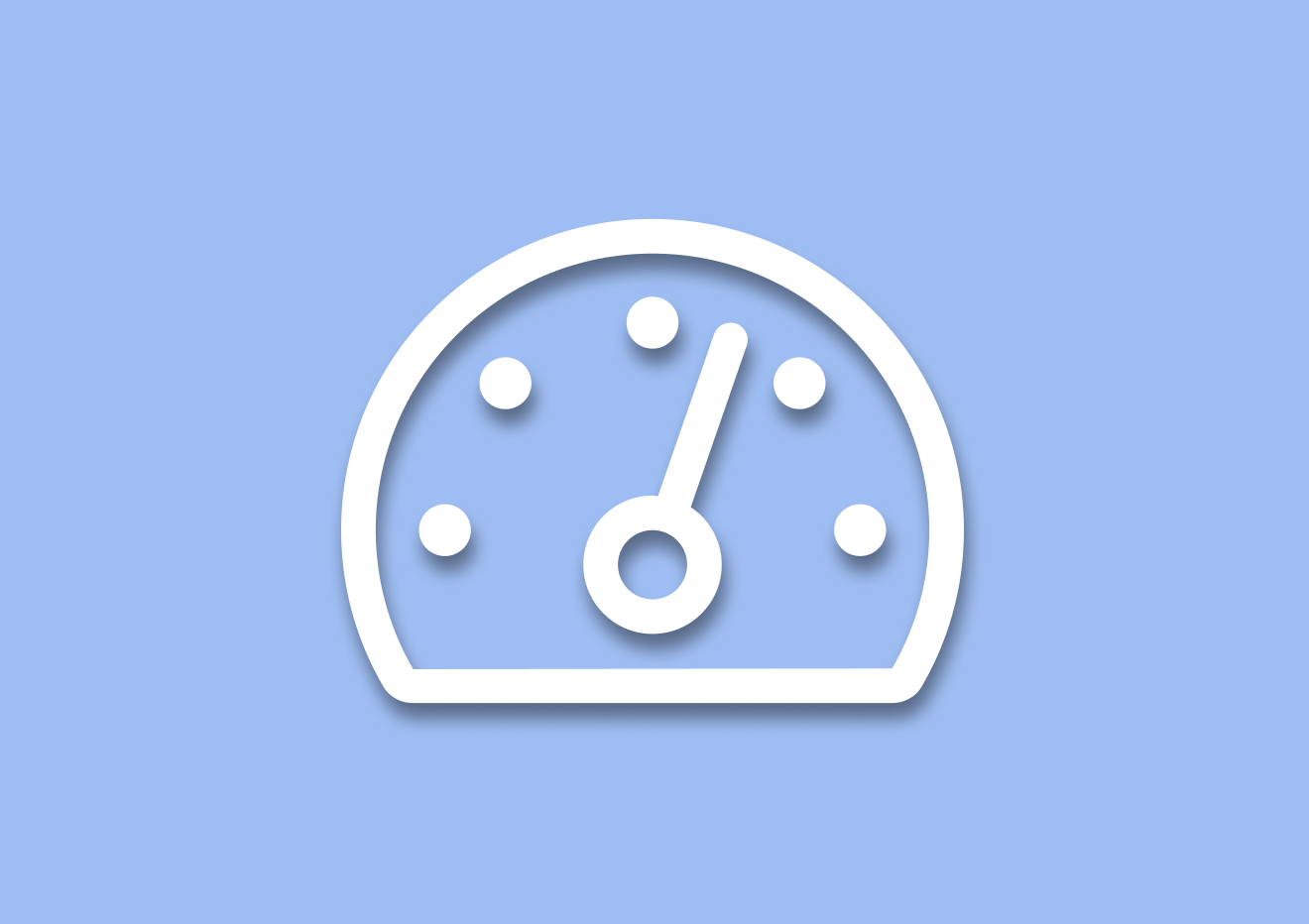What is a Good NPS Score for SaaS: NPS Benchmarks for SaaS Companies
Are you wondering what a good NPS score for your SaaS brand is? Looking for NPS benchmarks for SaaS to compare your performance with?
You’re in luck. That’s exactly the information you’re going to find in this guide.
We’ll cover:
So, let’s get to it…
Why is benchmarking NPS so important to your SaaS?
NPS has become the absolute standard for evaluating customer loyalty and satisfaction. Every month, countless SaaS and other companies launch NPS surveys to determine how happy their customers are and how many of them would recommend them to their friends and family.
And from experience, I know that most of them struggle to determine whether whatever score they’ve received is good (or bad.)
If you’re one of those people, this guide will help you figure it out. We’ll discuss how the NPS score works and what it means for your brand. I’ll also share with you some guidelines to help you determine how well your company is doing based on your score. Finally, we’ll also touch on some NPS benchmarks to give you more context into your brand’s performance.
So let’s take it from the top.
What is a Good NPS Score for SaaS?
A Net Promoter Score (NPS – the term is a registered trademark of Bain and Co, by the way) is a simple, percentage-based metric that reveals customer satisfaction with a brand or product.
However, unlike other customer satisfaction surveys like CSAT, NPS focuses not on direct satisfaction from using a product. Instead, it measures whether customers find the product so useful that they’re willing to tell others – like their friends and family – about it.
The most common NPS question asks the person to rate their likelihood of recommending the product to others directly:

Note – You can follow the above question with another open-ended one. We refer to it as the follow-up NPS question.
However, at its core, the survey uses the above rating question to discover, in percentage terms, how many of your customers find the product so useful that they are willing to recommend it to others.
(NOTE – If you’re interested in learning more about various questions to ask in such a survey, take a look at my guide to NPS questions.)
Based on the ratings, the company, then, can divine its user base into three categories:
- Promoters – People who love the product and find it almost impossible to go about without it. These people are the most likely to tell others about it and, probably, have already been doing so.
- Passives – Customers who are satisfied with the product. However, they aren’t devoted enough to it to start recommending it on a whim.
- Detractors – Unhappy customers who not only wouldn’t refer the product to others but most likely, would engage in negative word-of-mouth.

The thing is – The rating allows you to identify, in percentages, how many promoters, passives, and detractors you have.
However, that’s not your company’s NPS score.
How to Calculate Your NPS Score
The actual NPS score represents your overall net promoter score.
You calculate it using a simple formula:
Total percentage of promoters – Total percentage of detractors = NPS Score

And that’s where things start to get tricky.
Why? Because it’s easy to look at the division of customers into the three categories I mentioned above.
It’s also quite easy to understand those metrics.
For example, let’s assume that my company’s latest NPS survey delivered the following results:
- Promoters – 65%
- Passives – 15%
- Detractors – 20%
Looking at it, I can see that the majority of my customers love Refiner. They’re also happy to tell others about it. Great. Those numbers above also suggest that I am doing something right. Plus, that I could expect some organic growth through word-of-mouth.
Overall, brilliant!
Of course, there’s also the issue of detractors. At 20%, the number does seem quite high. I might decide to dig deeper and uncover why those people aren’t happy with my product. I could send them follow-up questionnaires, interview them, and figure out how to deliver a better service.
20% is quite a high number, after all, and as a SaaS founder, I’d prefer to retain those customers for longer.
But when I apply those numbers to the NPS score formula above, I get a single value of 45.
And that, I have to admit, tells me absolutely nothing.
Nada.
Zilch.
Yet, that’s what NPS delivers, ultimately. That’s also why so many businesses struggle to make sense of the survey they just ran.
I promised to shed some light on this, so let’s get to that, then. And first, we must address why it’s hard to provide one good, solid NPS benchmark.
The Challenges with Benchmarking and Evaluating NPS Scores
Most SaaS founders I talk to (Refiner works primarily with software companies) expect an NPS benchmark they could compare themselves to.
Many of them feel disappointed when I tell them that such a thing doesn’t really exist.
But that’s what it is. Although you might find NPS benchmarks elsewhere on the net, you must remember that the score is probably, one of the most challenging metrics to benchmark.
(This also means that many of the benchmarking datasets you find do not paint the whole picture.)
There are many reasons for that:
Many different factors can affect NPS scores
What’s more, many of those factors would be relevant to the company only – its product, the price (and the relationship between the price, product, and perceived value), for example.
Similarly, the company’s relative performance in its industry can affect the score. Satisfaction in services, for example, depends largely on the client’s preference and their perception of the price. As a result, NPS scores among service providers can vary between extremes, making benchmarking practically impossible.
NPS scores vary greatly between industries
Some industries are famous for ridiculously low customer service—airlines, insurance companies, banks, to name a few. So naturally, the likelihood of those companies receiving high NPS scores is unlikely.
That said, not all airlines deliver poor customer service. But their scores might be affected because of the overall negative perception of the industry at large.
The result – Well, the idea of what constitutes a good NPS score might differ greatly between industries.
Customers have different tolerance levels across industries too
Changing a builder to another provider is easy. In most cases, the new provider can pick up where the previous one left off without much trouble.
But changing an accountant, a bank, or insurance company is a completely different cup of tea. You may have a whole history with the provider. It’s not going to be that easy for the new one to replicate the same level of relationship with you. Similarly, moving to another provider might mean jumping through many hoops and going through an adjustment period that can also result in financial losses for a time.
In such a case, you might find yourself sticking with the current provider and tolerating their shortcomings regarding product or service delivery.
This also means that you might be likely to rate them higher in the NPS survey. Because choosing a lower rating could prompt you to consider switching…
Similarly, customer engagement will differ between products
SaaS products solve serious business pains, typically. Accounting or invoicing software helps companies manage their finances and get paid faster. Live chat software will help them connect with customers with ease. Refiner, a customer survey software, helps brands evaluate their customer satisfaction.
Naturally, anyone using these products will have a strong engagement with them. In many cases, their business’ existence depends on those products.
But the situation is different for products with a lesser impact on the person’s life. In such a case, the person might not even notice if a product suddenly disappears.
Take online record stores, for example. Sure, they’re important for any music fan. But there are so many such stores out there. So even if one store closes, a customer will likely find another one to buy their records from relatively easily. What’s more, they, most likely, get their records from several stores anyway.
In other words, their engagement with the brand is different and less personal.
How does this affect the NPS score? Well, because the engagement with the survey will be different between those two examples above. A SaaS customer might be more likely to consider their reply deeply and provide very accurate feedback. To the other customer, the NPS question might not even be relevant.
Finally, different cultures will express “good” in different ways
This isn’t a largely considered issue regarding a good NPS score. But it can affect benchmarking quite seriously.
You see, in some countries, a rating of 8/10 will be considered great. In others, it might mean nothing more than “OK.”
Such discrepancy in the perception of the score means that any benchmarking data unless it relates to scores collected from a single location, will not paint the whole picture simply.
Now, just to be clear, my goal for stating all of the above isn’t to discourage you from identifying your good NPS score. But, hopefully, it explains why it’s so hard to find uniform data and NPS benchmarks.
And having said all that, there are ways to determining YOUR good NPS score. Let’s take a look at them now.
How to Determine a Good NPS Score for your SaaS
First, let’s cover the “rules of thumb” regarding NPS scores.
- Any score below 0 surely signifies that something’s terribly terribly wrong. There is no need to dig deeper, really. If you get a minus score, you know you have a problem.
- Scores between 0 and 30 are a good range. It doesn’t mean that you’re rocking customer satisfaction, but at least you’re not doing something blatantly wrong. (Naturally, it also means that there is room for improvement.)
- Scores above 70 mean that customers love your company and are devoted to your product. So it’s safe to assume that, at that level, your business grows through referrals, primarily.
A quick note about those “rules of thumb.” They are generic. They don’t take any of the challenges we discussed above into consideration. So, treat them as an indication of how well you’re doing only, and dig deeper.
(Well, the above is true unless you got a minus score, of course. In such a case, no further research is really necessary.)
Here’s how to decide whether your NPS score is good or not.
#1. Compare with known benchmarks in the industry
Yes, I know. I told you all about the challenges and the cons of NPS benchmarks. But if you can find any such data, it might give you some indication about your industry averages.
Now, to be clear – It’s not something that I’d base my research on entirely.
But it could be a good starting point for evaluating your score further.
#2. Segment the score to identify how various specific areas of the business/product perform
NPS is versatile. It’s not often used to its full potential, though. Many companies research only the overall likelihood of a person recommending their product or service.
But you can evaluate the same attitude based on the person’s other interactions with your company.
These micro-surveys can help you dive deeper into the areas of your business customers find satisfactory or not.
#3. Segment the score by channel
You know – Not all channels you use to send the survey – email, website widget, live chat link, etc. – deliver the same results.
Or else, not all customers respond the same way to email surveys or widgets. For example, widgets might generate a spur-of-the-moment response, while the email might create a more intentional answer.
Needless to say, evaluating scores by channel might deliver a clearer insight into your customers’ attitudes towards your product or the brand.
#4. Benchmark yourself
Finally, don’t use a single score as a definite indicator of your customer loyalty. Instead, run NPS surveys regularly and use the very first score you got as the benchmark.
Over time, you will quickly see whether your score is improving (i.e., more customers become promoters). Compare each score with changes or initiatives you launched before that to see what moves the needle in the right direction and double down on that.









